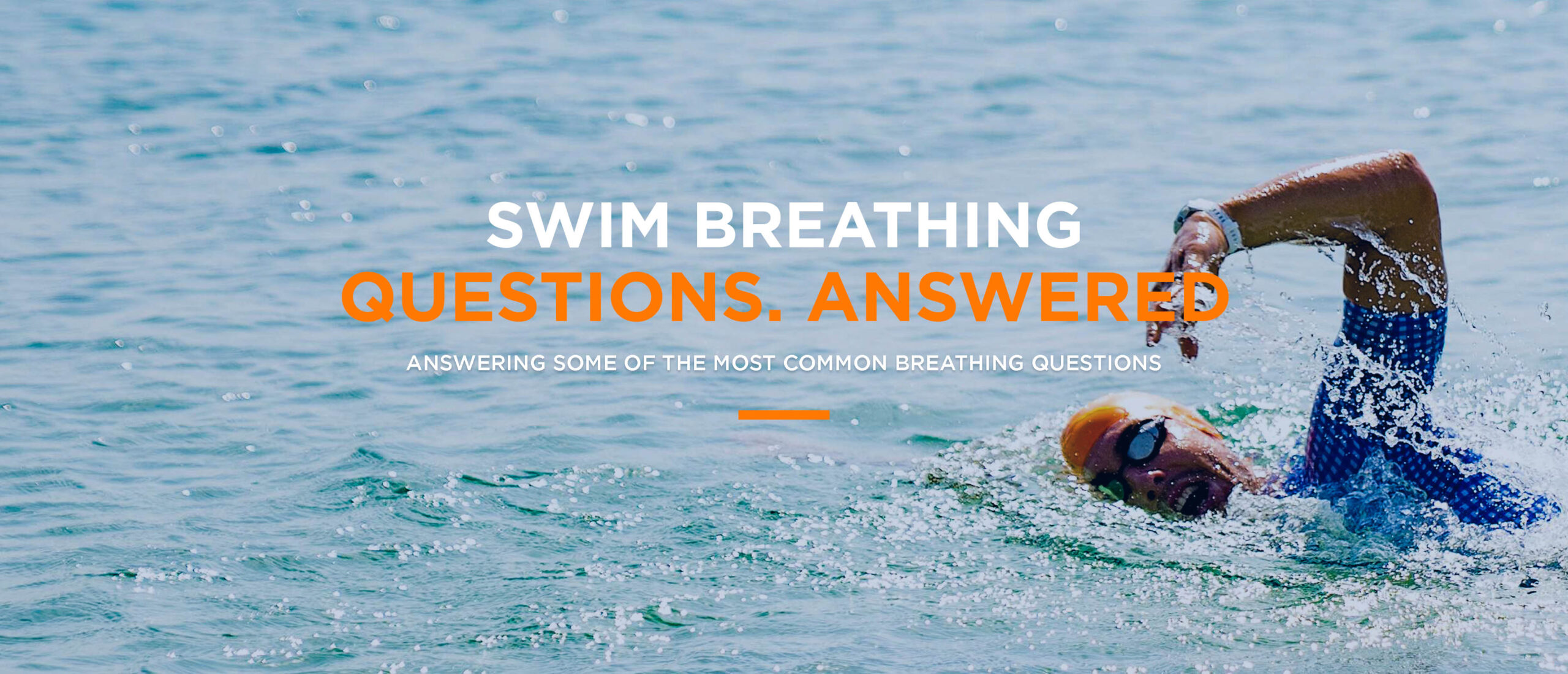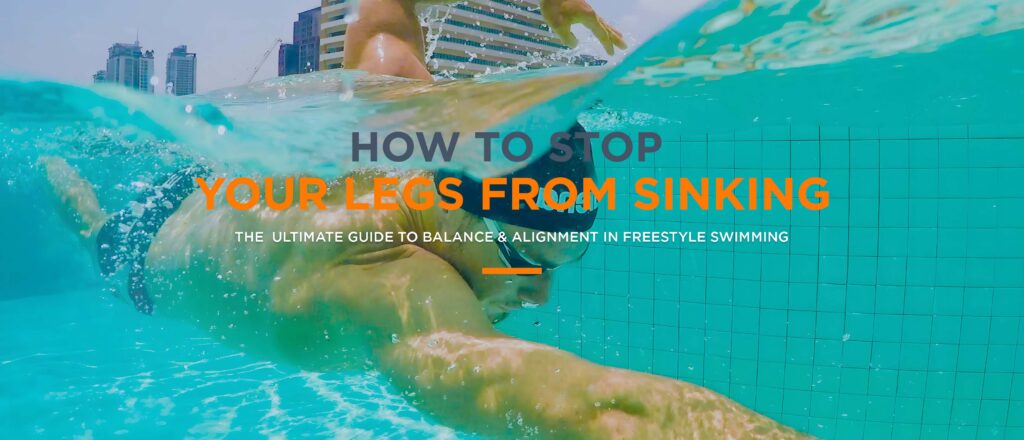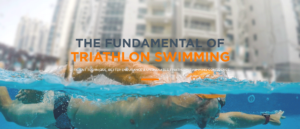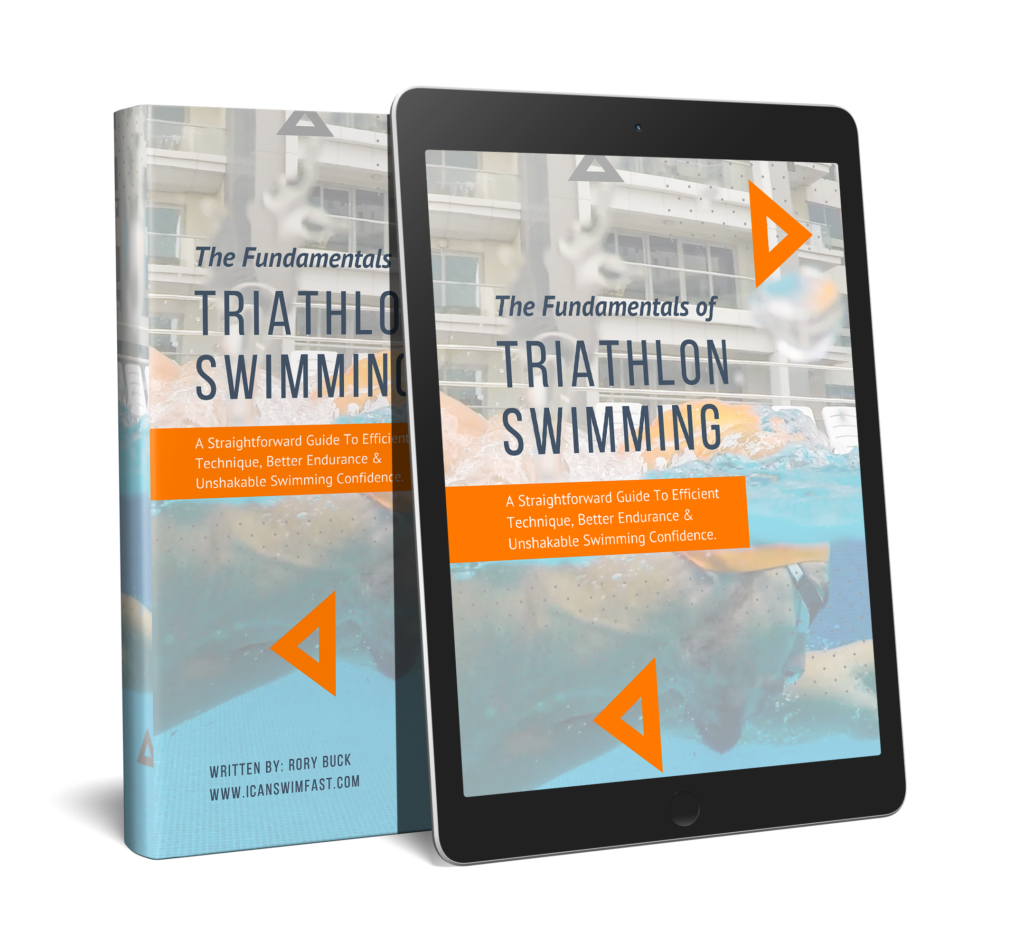Hey Team,
The biggest struggle new triathletes face when learning to swim is managing their breathing. Getting the breath right is critical to swimming longer, swimming faster and, well, actually enjoying the water! .
In this blog post, I will cover some of the intricacies of breathing, helping you understand the mechanics, patterns, and strategies that will help make you more comfortable in the water and elevate your swimming game. Whether you’re a beginner or an advanced swimmer, there should be something to help you here.
Should You Hold or Exhale?
One of the first questions that often comes up when discussing breathing in swimming is whether you should hold your breath or exhale continuously. Traditionally, coaches will teach kids to “bubble bubble breathe” which emphasizes continuous exhalation while your face is in the water. However, over the years I’ve noticed that is not what everyone does.
While doing 100’s of video analysis sessions I’ve noticed that often the faster swimmers hold their breath while their face is in the water. They will inhale, hold, then powerfully expel right before they inhale again. In contrast many slower swimmers tend to follow the continuous exhale, bubble, bubble breathe approach.
So, should you hold your breath or not?
Holding your breath will lead to an increase in carbon dioxide levels. Many people don’t know this but it’s actually the increase in Co2 that triggers panic and the gasping for breath.
So, if you find it uncomfortable to hold your breath for extended periods, consider continuous exhalation. The key is to choose the method that feels most comfortable for you. Both approaches can be effective, and there’s no one-size-fits-all answer.
How Much to Exhale?
The amount of air you need to exhale is surprisingly simple.
Exhale just enough to make room for the next breath.
Don’t try to empty your lungs completely; it’s unnecessary and disrupts your stroke mechanics.
If you’re breathing every 2 strokes, ensure you have enough oxygen to get through the next 2 strokes before taking your next breath. If you’re breathing every 3 strokes, ensure you have enough oxygen to get through the next 3 strokes. No more, no less. It’s that simple.
Mouth vs. Nose Breathing
You are always going to inhale through your mouth. It’s faster and more comfortable, especially when your face is close to the water’s surface.
Exhaling is going to be done primarily through the mouth, but you may use your nose slightly to prevent water from entering your nostrils.
Breathing Ratio: The Hidden Gem
The “breath ratio” is often overlooked but plays a crucial role.
The breath ratio os the balance between the time it takes to inhale vs exhale. Ideally, aim for a minimum ratio of 1:2 (1 second in, 2 seconds out). As you get better at managing your breath, work towards 1:3 or 1:4. You don’t want to have 1:4 ratio all the time if you are racing in triathlons, but having the range / tools to do so is very useful!
Your goal is a short, sharp inhale followed by a long, relaxed exhale. This will allow you to spend more time with your head down, reducing resistance and improving your swimming efficiency.
Breathing Pattern: Every 2 vs. Every 3 Strokes
In triathlon swimming, I’ll always suggest breathing every 2 strokes.
Why?
Because oxygen is vital, especially in longer races, and breathing every 2 strokes ensures a higher oxygen intake compared to breathing every 3 or 4 strokes.
Breathing every 2 strokes helps you stay aerobic, delaying the onset of fatigue. Additionally, breathing every 2 strokes can reduce the need for beginners to focus solely on survival and allows them to concentrate on refining their technique.
Bilateral Breathing: Is it Necessary?
While bilateral breathing is commonly taught for its perceived benefits, such as “symmetry and injury prevention, it’s not the only path to success. Many elite swimmers breathe predominantly to one side, and they don’t necessarily have a perfectly symmetrical stroke.
The key to success whether you breathe to one side or bilaterally is achieving a fundamentally good breathing position. Focus on what feels comfortable and efficient for you – just remember, oxygen is king!
Limited Breath Work: When and Why?
Limited breath work (hypoxic swimming) is integrated into training for several reasons. It helps prepare you for race-day conditions, improves stroke technique, and teaches you to stay focused under stress. I encourage my swimmers to embrace limited breath work in warm-ups and fast sets, as it aids in replicating race scenarios and enhancing your performance. Having said that, it needs to be treated with respect. Shallow water blackouts are a real thing and pushing your breath holding limits beyond capacity can and will have tragic outcomes. Respect the breath.
Mastering the art of your breath in the water involves understanding the mechanics, finding the right balance in your breathing pattern, and focusing on technique. Ultimately, what matters most is what feels comfortable and efficient for you. Keep practicing and experimenting, and over time, you’ll discover your optimal breathing rhythm for peak performance on race day.
If you have a question on the breath that isn’t covered here, let me know what it is in the comments section below and I’ll answer it for you. You may find these posts helpful too:
➜ How To Put An End To Your Extreme Urge To Breathe
➜ How To Keep Your Head Low during the Freestyle Breath
~ Rory








